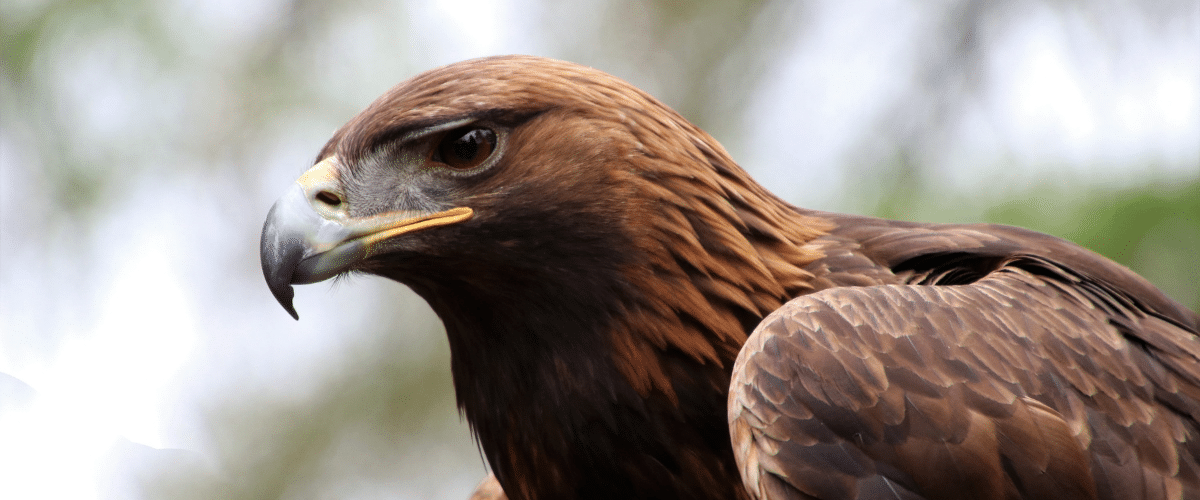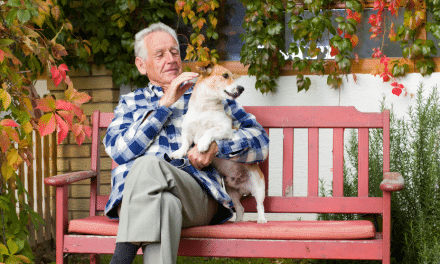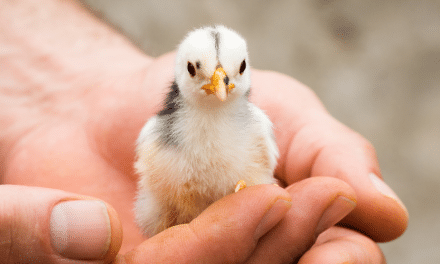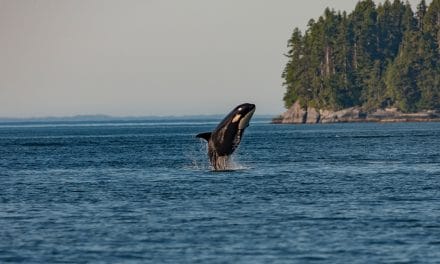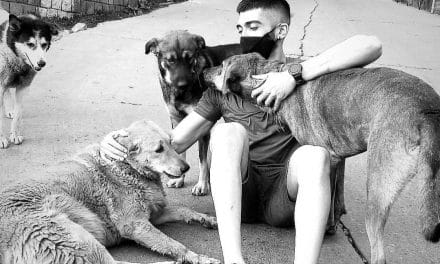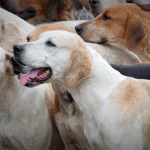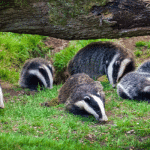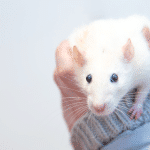By Daniel Ball, solicitor
Somewhere in the bleak and unforgiving Scottish Highlands, golden eagles are persecuted for so-called ‘sport’. Grouse shooting is the hunting of red grouse between August and December each year.
Large areas of land were devoted to grouse shooting by the early 1880s, when driven shooting (using beaters to drive the grouse towards waiting guns) became fashionable. Because gamekeepers did not want their grouse stock affected, they controlled predators. The legal control of predators such as foxes, weasels, stoats, and crows is routine, if questionable on welfare grounds. However, illegal control of birds of prey is also practised.
The RSPB’s annual Birdcrime report for 2018 identified 87 confirmed bird of prey persecution incidents, 12 of them in Scotland – more than twice the recorded incidents in 2017. I believe this figure greatly underestimates the actual number of incidents, due the difficulty of identifying such incidents in this location and then finding the perpetrators. This illegal behaviour is connected to the many shooting estates who see birds of prey as a threat to their stocks of grouse. RSPB Conservation Director Martin Harper stated in the Birdcrime report: “Grouse moor management needs urgent reform, the relentless persecution of birds of prey must stop. Enough is enough.”
To investigate, the movements and fate of many raptors in Scotland are being studied through the use of satellite transmitters attached to the birds of prey, including golden eagles, white-tailed eagles, ospreys, red kites, hen harriers, peregrine falcons, and kestrels. In August 2016, the Scottish Cabinet Secretary for Environment, Climate Change and Land Reform, Roseanna Cunningham MSP, described reports of satellite-tagged golden eagles disappearing on or near grouse moors as “very disturbing and disappointing”. Ms Cunningham instructed Scottish Natural Heritage (SNH) officials to analyse evidence from satellite-tagged eagles to determine if there was a pattern of suspicious activity. The result was ‘Commissioned Report No.982 – Analyses of the fates of satellite-tagged golden eagles in Scotland’. The report undertook a comprehensive analysis of the fate of 131 satellite-tagged golden eagles and found that more than 40 had disappeared in suspicious circumstances. The human factors posing the most common dangers to golden eagles are wind farms and grouse moors. However, the report found no evidence that wind farms or activities associated with their operation accounted for losses of tagged eagles or the disappearance of eagles with tags that suddenly stopped functioning.
In contrast, there were several indications that the management of grouse moors was associated with losses of tagged eagles, or the disappearance of eagles with tags that suddenly stopped functioning. In areas involved with grouse moor management, there was a clear correlation between tags suddenly failing to function and the disappearance of the birds that were carrying them. Also, a subset of areas managed for driven shooting of grouse was associated with the suspicious deaths of many birds, the malfunction of their tags and loss of transmissions.
The relationship between driven grouse moors and the illegal persecution of golden eagles is incredibly important. The killing of birds is a major constraint on the Scottish golden eagle population in areas where driven grouse moors predominate as the major land use. The SNH report concluded that a large number of the satellite-tagged golden eagles were probably killed, mostly on or near some grouse moors where there was recent, independent evidence of illegal persecution. This illegal killing has had such a marked effect on the survival rates of the young birds that the breeding of golden eagle population continues to be suppressed near where this persecution largely occurs.
In these parts, mainly in the central and eastern Highlands of Scotland, the prospects for recovery are poor. In April 2019, wildlife broadcaster and campaigner Chris Packham blamed grouse shooting after two young satellite-tagged golden eagles (Adam and Charlie) vanished within hours of each other from an estate near Dunkeld in Perthshire. The eagles’ satellite tags stopped working and neither of the birds nor the tags have been traced since. The circumstances of the disappearances are virtually identical to the suspicious disappearances of more than 50 satellite-tagged eagles in Scotland.
Following publication of the SNH report, the Scottish Government pledged to take further action. Roseanna Cunningham set up an expert group to look at managing grouse moors sustainably and within the law. Following a request by the Scottish Parliament’s Environment, Climate Change and Land Reform Committee, the group was also tasked with advising on the option of licensing grouse shooting businesses. This review, led by Professor Alan Werritty of Dundee University, finally reported in December 2019. Disappointingly, while the group did support the licensing of grouse shooting in Scotland, due to splits in the group it chose to propose a five-year “probationary period” to see if specified raptors on or near grouse shooting estates would recover to a favourable conservation status.
This recommendation for further delay provoked strong criticism from conservation and welfare groups, and it remains to be seen whether the Scottish Government will agree to it. Many people believe that the grouse shooting industry has been given enough chances and that stronger regulation is urgently needed, as soon as possible. At the same time as setting up the Werritty group, Ms Cunningham announced other measures including increased resources for the detection and investigation of wildlife crime. However, she also ruled out giving the Scottish SPCA more investigative powers, despite the well-known expertise of its inspectors in evidence-gathering and achieving successful prosecutions of animal welfare cases. That decision continues to be questioned by MSPs and others in Scotland.
The RSPB’s response to its most recent Birdcrime report was to call for UK-wide licensing of grouse moors, stating “any industry which includes criminal and environmentally damaging practices needs reform”. By contrast, the Moorland Association (whose members manage over 860,000 acres of upland heather, where grouse shooting typically occurs) was committed to eradicating wildlife crime, but on a voluntary basis. Director Amanda Anderson said, “We believe that a hearts and minds approach to prevent crime coupled with existing regulation and legislation is the best way forward.”
In my opinion, the licensing of driven grouse moors should be on the basis that the right to shoot is dependent on the legal, sustainable management of the environment. Shooting licences should be rescinded promptly once illegal activity is identified. This could be an effective deterrent against the harm that is currently affecting bird of prey populations. We also need to lift the veil on the secrecy that surrounds bird of prey welfare issues. It is of particular concern in Lancashire and Yorkshire as well as Scotland. Some raptor persecution incidents are not made public by the police for months, due to fears that the release of such information may threaten the integrity of an investigation – although there is no evidence of this. The Scottish Government has already acknowledged that illegal raptor persecution is an ongoing problem. We need drastic and immediate change to help tackle the criminal harm to these birds.

